By Sam McGowan
One of the most frequently discussed arguments to come out of World War II is which was the “better” bomber, the Boeing B-17 Flying Fortress or the Consolidated B-24 Liberator? The argument began in bars and service clubs, where crew members from the two types met while off duty during the war, and has continued ever since.
This is particularly true of veterans who flew in England where B-17s predominated within the Eighth Air Force, and where large numbers of war correspondents reported on the air war over Germany as it was being fought by the crews of the Flying Fortresses in the summer of 1943. It was among the Eighth Air Force B-17 and B-24 crews that the arguments were strongest, and it is among those veterans that they have continued, as a general public consensus has developed that the B-17 was the best bomber ever built.
The Origin of (and Controversy Behind) the B-17 and B-24
Since the war, the argument that the Boeing B-17 Flying Fortress was the better bomber of the two has often been perpetuated by aviation authors and historians whose personal knowledge of airplanes and aviation in general consists only of what they have read or been told. Few writers have ever used statistics or aircraft performance to prove their point, but have relied primarily on what they have learned from advocates who are on one side or the other of the argument. Many B-17 aficionados rely on emotion to attempt to strengthen their position. They point to photographs of B-17s that returned to base with large holes put there by flak or fighters. Former B-17 crew members who survived a combat tour stress that because the Old Fort brought them home, it has to be the best. Similarly, vets experienced with the Consolidated B-24 Liberator say the same thing about their airplane. Children and grandchildren of B-17 veterans point to comments made by former Stars & Stripes reporter and modern TV personality Andy Rooney, to the effect that if he had to go into combat, he would have preferred to be in a B-17. Rooney has never really said why he believes this. He flew a couple of missions in B-17s and another in a B-26, but never flew a mission in a B-24, though he did spend some time with the 44th Bomb Group. The combat records of both aircraft do exist, and they indicate that the views put forth by B-17 advocates may indeed fall well within the category of wishful thinking.
Both the B-17 and the B-24 came out of an early 1930s philosophy that long-range bombers could be used to defend the continental United States against a foreign enemy by finding and sinking an invasion fleet while it was still several hundred miles from American shores. This was the argument put forth by those who supported Brig. Gen. Billy Mitchell and was a widely held view among the officers of the Army Air Corps, though future events would later prove it to have been unfounded.
The original intent of the Army Air Corps was to develop a land-based, long-range heavy bomber that would have relegated the B-17 to the category of a medium bomber. Senior Air Corps strategists wanted a long-range bomber with a 5,000-mile range, a concept that led to the design and development of the B-15 and then to the even more ambitious B-19. However, both types were underpowered and the Army realized that the power plants then available were not adequate to power the type of airplane they really wanted.
Project A: The “Multi-Engine” Bomber
As a compromise, the Army elected to put forth a proposal for a less ambitious project and set forth the design requirements that eventually led to both the B-17 Flying Fortress and B-24 Liberator, as well as the more powerful Boeing B-29 Superfortress. The ultimate goal was finally achieved with the advent of the long-range B-36, though that airplane did not enter service until several years after the war.
The proposal—known as Project A—specified only that the airplane would be a “multi-engine” bomber. With the exception of Boeing, all of the competing manufacturers assumed the Army was looking for a twin-engine airplane and designed their entries accordingly. Boeing, however, elected to increase power with two additional engines and thus came up with a design that would increase both range and payload beyond those then possible with two engines. The Boeing prototype first flew in 1935, and deliveries were begun in early 1937. The performance of the new B-17 allowed a combat radius of no more than a thousand miles, however, and the Army began considering other alternatives to extend the striking range of its heavy-bomber fleet. A proposed 1,500-mile combat radius would lead to the development of the B-29 and the B-32 which followed, but it also caused the Army to take a closer look at a new design put forth by Ruben Fleet’s company, Consolidated Aircraft.
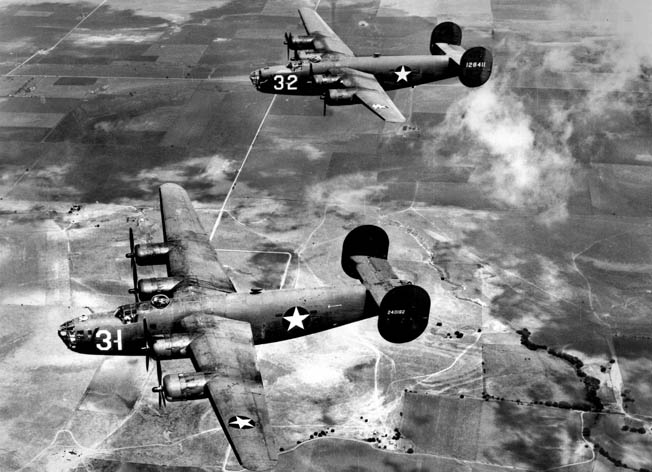
In January 1939, prompted by President Franklin D. Roosevelt, U.S. Army Air Corps Commander General Henry “Hap” Arnold published a requirement for a four-engine bomber with a 3,000-mile range, a top airspeed in excess of 300 miles per hour, and a service ceiling of 35,000 feet. Drawing upon experience from other designs and their own background with long-range flying boats, Consolidated had a prototype of a 1937 design flying by the end of the year. Recognizing the possibilities afforded by the new design, the Army contracted for seven YB-24 prototypes for test purposes and 36 B-24As for operational use before the first airplane even flew.
Changing the Role of the B-24A
By the time the new airplane entered production, war had broken out in Europe and the United States had begun supplying airplanes and other military hardware to the British and French. France was lacking in long-range bombing capabilities, and the United States agreed to provide a number of the new bombers, which had been given the nickname “Liberator,” allegedly by Winston Churchill.
The fall of France led to the cancellation of deliveries of all airplanes destined for France, and the Liberators, which had been designated as LB-30s, were diverted for British use. Because of their longer range, General George Brett recommended, in the fall of 1941, that several B-24s be redirected to British forces in North Africa from those scheduled to go to England. As the war intensified, the U.S. Army elected to change the role of the B-24A, and most were converted to long-range transports while a few were equipped with cameras for reconnaissance. The Japanese attack on Pearl Harbor caught one of the converted Liberators on the ground at Hickam Field on December 7, 1941.
Prior to America’s entry into the war, both the Flying Fortress and the new Liberator were tested in combat by the Royal Air Force. In the spring of 1941, the U.S. Army sent 20 B-17Cs to England for use by the RAF to test their combat capabilities. Although the RAF crewmen praised the Flying Fortress for its ability to take hits from enemy fire, the test turned out to be a dismal failure for the much-publicized bomber. Mechanical problems plagued the Boeing bombers, and their daylight high-altitude bombing accuracy turned out to be much less than advertised. The test came to a dubious end after three of the 20 airplanes were lost to enemy action, five were destroyed in accidents, and the rest were grounded due to mechanical failure. In 39 sorties, only 18 Flying Fortresses managed to actually bomb a target. Only two bombs were believed to have actually hit the targets they were aimed at—and not a single German fighter had fallen to the Fortresses’ guns.
After the B-17s proved ineffective in British hands, the Army Air Corps sought to determine why. Initially, the British were impressed with the Fort’s ability to withstand gunfire, but that early confidence quickly faded as the desired results were not achieved. U.S. military leaders blamed the failure on the British having elected to use the airplane to bomb from very high altitudes, which led to unforeseen problems: frozen guns, frosted-over windshields, and oxygen failure. At high altitude the airplane lacked the speed and firepower to deal with enemy attack. Ironically, the RAF chose to operate the airplane under exactly the same conditions that many U.S. Army Air Corps officers were claiming was possible with the B-17, even though the U.S. training curriculum called for operations at considerably lower altitudes.
Why the RAF Preferred the Liberator over the Flying Fortress
The British were also given B-24s to try out, and while the results from the U.S. viewpoint were less than hoped for, the RAF did prefer the B-24 Liberator over the B-17 Flying Fortress because of its heavier payload capabilities. The main problems with the tests of the Liberator were that necessary modifications for the kind of war being fought in Europe took longer than expected, while the British preferred to use the high-capacity Liberators in the transport role. The report of the RAF crews who flew both the American-designed Flying Fortress and Liberator was that they might be suitable for a war in the Pacific where missions would be flown over open expanses of ocean, but they were too poorly armed for daylight operations into Germany. They reported that the planes might be useful as night bombers.
By December 1941, B-17s had been in service with U.S. Army bomber squadrons for more than four years. In September 1941, two squadrons of the 19th Bombardment Group were dispatched from Hamilton Field, Calif., to provide a heavy-bomber presence in the Philippines. Two months later the ground echelon of the 7th Bombardment Group set sail by ship to join the 19th. The first of the air element left California on December 6 and arrived in Hawaii in the midst of the Japanese attack.
Bombers Making Their Debut in the Philippines
Part of the 19th Bomb Group was destroyed at Clark Field on December 8, when Japanese bombers caught the planes on the ground in the midst of rearming for an attack on Formosa. Fortunately, part of the group had been moved south to a new airfield at Del Monte on Mindanao and would continue to fly from there for several weeks. Only a few Liberators were in the Far East serving as transports when the war broke out, and a few others would be sent to Australia in the opening weeks of the war.
It was in the Philippines and Java that U.S. heavy bombers made their combat debut. While the B-17s managed to hold their own in combat with the Japanese, design deficiencies, particularly in armament and armor, very quickly became apparent. In the confusion following the Japanese attack, the U.S. Army dispatched “Project X,” a complement of 80 heavy bombers, to reinforce Allied forces in Australia, with the goal of supporting the U.S. forces in the Philippines. Included in the 80 airplanes were 15 LB-30 bombers that had been repossessed from Britain, although only 12 actually reached Australia. The LB-30s did not fare very well in combat in Java (neither did the B-17s) in large measure due to the inexperience of the crews. Except for the 19th Bomb Group crews which were brought down to Darwin from Del Monte, few of the bomber pilots had more than a few hours of four-engine experience. Losses due to accident were as great as those from enemy action. As the numbers of LB-30s declined, the remainder joined the converted B-24As that were in the theater in transport duties, flying cargo to and evacuees from Java and Mindanao.
As combat-weary bomber crews began returning to the United States after the ill-fated Java campaign, they were called upon to give reports of their experiences. The returning pilots, most of whom had flown B-17s, reported that the B-17 had stood up better to Japanese fighters, though they evidently failed to take into consideration their own losses and the fact that several of the LB-30s were lost to ground attack and accident. The legend of the superiority of the Flying Fortress over the Liberator was born. Yet, ironically, within a year the vaunted B-17 Flying Fortress would be on the way out of the war in the Pacific, and the B-24 Liberator would be in.
The HALPRO Project
After the Java Campaign, B-17s remained as the only heavy bombers operating in what had become the Southwest Pacific Area of Operations, though a handful of LB-30s and B-24s served in the transport role. A few Liberators were involved in the Battle of Midway in June 1942, but it was in the Middle East that the Liberator returned to combat in the role for which it was intended, as a long-range bomber. The HALPRO Project, named for its commander, Colonel Harry Halvorsen, had originally been intended for duty in China, where the War Department had envisioned it as the nucleus of a heavy-bomber force equipped with B-24Ds that would begin a strategic bombing campaign against the Japanese homeland from bases in China. However, in the wake of the Doolittle Raid, Burma fell and a massive Japanese offensive in China led to the loss of the region from which the bombers were to operate. HALPRO was diverted to fly a single long-range mission against the oil-refinery complex at Ploesti, Romania, though plans still called for the squadron to continue on to China.
While the detachment was in the Middle East, the Germans went on the offensive in Africa, and the HALPRO force was ordered to remain in Palestine. Along with the HALPRO diversion, Tenth Air Force commander Maj. Gen. Lewis H. Brereton was ordered to the Middle East from India with as many of his heavy bombers as he could muster. This was only a handful of battle-weary B-17s. The HALPRO squadron and Tenth Air Force B-17s went to Palestine where they were joined by more B-24s to make up the nucleus of what would become the Ninth Air Force Bomber Command.
Operating from Egypt and Palestine under the command of General Brereton, the B-24s of the HALPRO squadron and an advanced element of the 98th Bombardment Group began the American bombing effort against the German war machine. Attacks were aimed at the supply lines of the German Afrika Korps, particularly the ports and supply depots at Tobruk and Benghazi in Libya. The U.S. B-24s often operated in formation with RAF Liberator squadrons. As it turned out, the force mix of B-24s and B-17s was exactly reversed from that of the bomber forces in Java. By mid-October the American heavy bomber force in Palestine consisted of 53 B-24s and only 10 B-17s. The B-24s in Africa performed well as they went against German and Italian targets. Missions were flown at night and in daylight as the fledgling Ninth Air Force took advantage of the cloak of darkness on missions to the most heavily defended targets.
Boeing B-17 Flying Fortresses in Doolittle’s Twelfth
It was not until the late summer of 1942 that American heavy bombers began operations over Western Europe from bases in England. The first groups to arrive in England were B-17 groups, of which two would transfer to North Africa in the fall of 1942 to become the heavy bomber force of Jimmy Doolittle’s Twelfth Air Force. While U.S. Army Air Forces commanders in other theaters were not locked in to the daylight-bombing methodology, the leadership of the fledgling Eighth Air Force felt that it had a point to prove and all missions were planned for daylight operations.
The first B-17 missions were flown in September 1942 to Rouen, France. A little over a month later the pioneer Eighth Air Force B-17 groups were joined by the 93rd Bomb Group, the first U.S. Army B-24 group to see combat from English bases. The 93rd went on to rack up an impressive combat record, including the lowest loss rate of any of the heavy-bomber groups that entered combat with the Eighth Air Force in 1942. In fact, the loss rate per sortie for the 93rd Bomb Group was lower than that of all but three of the B-17 groups, two of which did not enter combat until mid-1944. The other did not enter combat until November 26, 1943, more than a year after the 93rd flew its first mission.
For several weeks the 93rd was the only B-24 group flying combat from English bases. But on November 7, 1942, the 44th Bomb Group, which was actually the oldest B-24 group in the Army, flew its first mission. After the 44th Bomb Group entered combat, it quickly achieved a reputation as a “hard luck” outfit, taking fairly heavy losses in comparison to the other groups, though they came about in ones and twos, and in one instance as the result of a midair collision. Shortly after the 44th entered combat, three squadrons of the veteran 93rd were sent south in support of the North African campaign while the fourth was placed on a special assignment. The departure of the 93rd left the 44th alone in the skies over Occupied Europe, and their smaller numbers led their peers in B-17s to take heavier note of their losses, just as had those who fought before them in Java, where the proportion of B-24s to B-17s was similar.
1943: Dark Days for Eighth Air Force B-17s
Flying Fortress crew members began saying that they didn’t need a fighter escort when the Liberators were along, because the German fighters would go after the smaller force of B-24s. Yet, in spite of the higher losses in the first few months of operations, the overall loss rate for the 44th Bomb Group was no higher than those of the B-17 groups. In fact, they were lower at 3.73 percent than nine of them and equal to two others, all but two of which entered combat after the 44th.
The summer and early fall of 1943 were dark days for the B-17s of the Eighth Air Force as they attempted deep-penetration raids into Germany without fighter escort. This is the period that is most often addressed by the TV documentaries and literature about the bombing campaign in Europe. The leadership of the Eighth was trying to prove that the prewar concept that the “bomber will always get through” was not ill-founded. The British, however, had decided to change tactics after early experiences against the Third Reich. Due to heavy losses, the RAF elected to discontinue daylight operations and turned entirely to night-bombing operations. British military aviation leaders suggested that the Americans do likewise, but the Eighth Air Force leadership insisted on continuing daylight operations.
On August 17, the Eighth Bomber Command mounted a massive effort with a split force of B-17s going against Regensburg and Schweinfurt. The 147 airplanes of the Regensburg force were to go on to North Africa. When they got there, 24 bombers were missing, 17 of which had been shot down. Of the 230 bombers that went to Schweinfurt, 36 failed to return—a total of 60 B-17s had been lost in one day. Previously, the highest single-day loss had been 26 airplanes—all B-17s—lost on June 26. The terrible losses of August 17 were repeated on October 14 when a 360-plane force of B-17s went back to Schweinfurt and 60 failed to return. Sixty B-24s were supposed to have gone to the target, but bad weather in their assembly area caused a mission scrub, though a small force from two groups went on to Germany to create a diversion for the B-17s. Losses in such numbers would be repeated among Eighth Air Force B-17 formations a couple of times in early 1944, though never to such a large extent among the B-24s that flew alongside them.
Throughout the summer of 1943, Eighth Air Force B-17 crews found themselves alone in the skies on the long—and treacherous—missions over Germany. In early June the two B-24 groups that made up the entire Liberator strength of the Eighth at the time were taken off operations. Rumors abounded, and many B-17 crew members who had bought the line that their airplanes were superior probably believed the B-24s were gone because they couldn’t “hack the mission.” They were probably ignorant of the fact that their own type had been withdrawn from combat duty in the Pacific because of its shorter range capability in comparison to the longer legged B-24s. It was that very factor that had led the chief planners at Army Air Forces Headquarters in Washington, DC, to conclude that the B-24 was the only type that could possibly fly what was to be the most dangerous and ambitious heavy-bomber mission of World War II. (Get the full details of this mission and many other pivotal moments in World War II history by subscribing.)
During the first week of June 1943, the 389th Bomb Group arrived in England to bolster the two groups already there. Three weeks later, after several low-flying training missions over England, the three groups pulled up stakes for North Africa, leaving most of their ground echelons behind. They joined the two B-24 groups of the Ninth Air Force Bomber Command on a series of missions against targets along the Mediterranean, including Naples, Rome, and the German aircraft factories at Weiner-Neustadt in Austria.
However, the real reason the B-24s had gone to Africa was to attack the Ploesti, Romania, oil refineries in a daring low-level attack that put the crews in range of every weapon available to the German defenders, from 88mm antiaircraft guns to machine pistols, not to mention German and Romanian fighter aircraft. The August 1, 1943, mission to Ploesti cost the Eighth Air Force groups 30 B-24s out of 103 on the 171-plane mission, a loss rate just shy of 30 percent and considerably higher than the loss rates suffered by the B-17s on the Regensburg and Schweinfurt missions. Twenty-five other Liberators were lost from the two Ninth Air Force groups on the mission known as “Tidal Wave.”
Disparity in Publicity?
No less than 51 Eighth Air Force B-24s were lost during the three months the three groups were in Africa, a loss of almost half of the airplanes in the groups. Ironically, the 44th sustained twice as many losses as the seemingly charmed 93rd. In proportion to their smaller numbers, the B-24 groups of the Eighth sustained even higher casualties during that summer and “Fall of Fortresses” than did their peers in the B-17 groups. The skies were extremely hazardous for both types, and the B-24s were getting their share of punishment from enemy fighters and flak.
What the B-24 groups were not getting was publicity. While the world knew all about the great air battles over Germany being fought by the B-17s, very little about the B-24s was making its way into newsprint.
Along with thousands of words telling how the brave boys in B-17s were going up against the Germans, pictures of battle-damaged airplanes began showing up in Stars & Stripes and U.S. newspapers that illustrated the “ruggedness” of the Flying Fortresses. Looking closely at these pictures, which have been republished in numerous books about the B-17 and the Eighth Air Force, one who is familiar with airplanes and aerodynamics sees that much of the damage is confined to structural areas of the airplane that are not necessary for flight. Many B-17 battle-damage pictures show holes in—and even sections gone from—the vertical stabilizer, otherwise known as the “tail,” an airfoil, the sole purpose of which is to keep the nose of the airplane tracking straight; however, there are pictures of B-24s maintaining formation with one of their twin vertical stabilizers shot completely away—and one famous Liberator suffered the loss of both when it was struck by a British Lancaster bomber, yet it returned to the United States for a War Bond Tour. The huge stabilizer of the B-17 presented a target for rounds that would miss the smaller tail of a B-24.
Wing Design—Which Model Has the Edge?
There is only one part of an airplane—any airplane—that is absolutely necessary for flight and that is the wing. This is one area in which the B-17 possessed something of an advantage over the B-24. The aerodynamics of the Flying Fortress stemmed from designs of the late 1920s and early 1930s, featuring a wide chord, the width of the wing from leading to trailing edge, and shorter span. The British slang “kite” is appropriate for the B-17, because the huge wing provided tremendous lift that did make for a stable bombing platform and, at least in the minds of B-17 fans, provided increased lift that was valuable in the event of a power loss on an engine. The B-24, on the other hand, incorporated a brand-new wing design that was on the very cutting edge of aviation technology in 1937. The long, narrow Davis Wing was what is known as a “high aspect ratio” wing, meaning that the span is proportionally much greater than the chord, a feature that provides significantly reduced drag and increased performance on heavier airplanes—which is why the B-24 was considerably faster than the B-17.
The strength of an airplane wing is in the spar, the piece of wood or metal around which the wing is constructed of ribs and stringers, then covered by a metal or fabric skin. If the spar on the wing of the B-24 was hit by flak or an explosive cannon round, it was likely to fail, sending the airplane into a spin toward the ground. However, if the spar on a B-17 was hit, the results were the same. As with the huge vertical stabilizer, the wider wing of the B-17 often resulted in hits in noncritical areas that missed the spar and would have passed harmlessly in space behind the slimmer wing of the B-24.
Part of the B-17 myth is its “rugged construction.” However, in the aviation world, “rugged” and “weight” are practically synonymous, and the fact is that the Liberator was considerably heavier than the B-17 in all models. The empty weight of an airplane is the sum of the weight of the components used in its construction—including the ribs, spars, stringers, and longerons that form the wings, the vertical and horizontal stabilizers, and the fuselage. If the B-17G was so much more “rugged” than the B-24J, why did it weigh 20 percent less standing empty? Perhaps the answer lies in the fact that there was more dead space in the huge airfoils of the B-17 where hits could do little damage. The larger wings and vertical stabilizer of the B-17 could take hits that did only superficial damage because they missed crucial components that would cause structural failure if they were damaged.
Engine Power On Equal Measure
One area in which the B-17 and all models of the B-24 were completely equal was in the power of their engines. Both the Flying Fortress and the Liberator were equipped with engines that were flat-rated at 1,200 shaft horsepower each at takeoff—for a total of 4,800 hp on an airplane with all engines running. Yet, in spite of the heavier airframe of the B-24, it was considerably faster than comparable models of the B-17 and carried a similar payload over longer distances and a considerably larger one on shorter legs. By the end of the war, the Army had increased the gross weight of the B-17G to the point that it could carry a bomb load almost as great as that carried by the B-24J, but at a sacrifice in airspeed that made the Fortress more than 50 miles per hour slower at normal cruise speed. The one area in which the B-17 had better performance, at least in theory, was that the airplane’s lighter weight allowed it to operate at higher altitudes. This was only true with light payloads and reduced fuel, though.
In January 1945, Eighth Air Force Commander Lt. Gen. James H. Doolittle wrote a letter to Army Air Forces chief of procurement General Barney Giles in which he expressed his preferences for the B-17 over the B-24 for his command. However, the circumstances of Doolittle’s letter are somewhat suspect. He wrote it at a time when the War Department was in the process of cutting back on aircraft production and was making the decision as to which types to continue in production. As the only combat commander at the numbered air-force level who favored B-17s, Doolittle may very well have been concerned about replacements. Within four months after the letter was sent to Washington, the last B-17 to be built by Boeing rolled off the assembly line. Liberator production continued for several weeks after B-17 production ceased, and was only suspended when it became apparent that the war would soon be over.
Doolittle’s letter is interesting because he wrote it at a time when losses in his command had been declining for some time while his sister unit in the U.S. Strategic Air Forces in Europe, the Fifteenth Air Force, was continuing to sustain fairly heavy losses among its force of B-17s and B-24s. Yet no preference was shown for B-17s in the Fifteenth Air Force, where the proportion of Liberators to Forts was reversed from that of the Eighth in England. The heavier losses among Fifteenth Air Force groups were due in part to the longer missions over enemy territory, while two of the most heavily defended targets in Europe—the oil fields at Ploesti and aircraft factories at Wiener-Nuestad, Austria—lay within the Fifteenth’s area of responsibility. On an ironic note, losses among Fifteenth Air Force groups increased even while they decreased in the Eighth as Allied ground forces closed in on Germany.
Which was the better airplane? In reality, it is probably accurate to say that for the kind of war fought by the Eighth and Fifteenth Air Forces in Europe, there was really very little difference. Advocates of the superiority of the B-17 are surprised to learn that their per-sortie overall loss rate was nearly half a percent higher among Eighth Air Force groups than that of their peers who flew B-24s. When comparing the number of sorties flown and losses sustained by the two types, the difference is even greater. Groups flying B-17s flew 60.38 percent of sorties flown by the Eighth Air Force and sustained 69.75 percent of the losses, while B-24 groups flew 29.77 percent of the sorties yet sustained only 26.1 percent of the heavy bombers lost. Groups that operated both types flew 9.85 percent of the sorties and took 4.14 percent of the losses.
Most who look at these statistics quickly jump to the conclusion that the B-17 losses were heavier because of the period in 1943 when they were going it alone on deep-penetration missions over Germany. This theory is contradicted by the fact that Eighth Air Force B-24 groups suffered losses that were even higher on a per-group basis than those of most B-17 groups during the same time frame. Furthermore, the overall losses were lower for the three B-24 groups that were in combat in the summer of 1943 than those for most B-17 groups.
Was the B-17 Flying Fortress Safer?
Even more astounding, the last seven Eighth Air Force B-17 groups to enter combat, all of which began their missions during a time when more and more B-24 groups were entering combat, flew 16.93 percent of all sorties and took 22.28 percent of the losses. Yet seven B-24 groups that entered combat during the same time frame flew almost the same percentage of sorties—16.85 percent—but sustained only 14.99 percent of the losses, a difference of more than 5 percent. In the Eighth Air Force, 1.43 percent of all heavy-bomber sorties resulted in an aircraft missing in action. In B-17 groups, 1.66 percent of the sorties resulted in a loss, while in B-24 groups the loss rate was 1.26 percent, a difference of 0.4 percent. These figures relegate to myth the belief that the B-17 was the “safer” airplane. It is also worth noting that the Eighth Air Force B-24s were often used on tactical missions at lower altitudes where ground fire was more effective after the invasion, while in the strategic role their formations operated below the B-17s, where the flak was thicker.
In the Pacific Theater, there was no doubt as to which type was “best” because it became an all-B-24 region by the end of 1943. General George Churchill Kenney chose the B-24 as the heavy bomber for his theater because, unlike the daylight-bombing crowd that had gone to Europe, he had no particular preference for the B-17. Since the European Theater of Operations had been given precedence in the conduct of the war, the Eighth Air Force had priority in equipment and was receiving the new B-17 groups that had already been formed before the outbreak of the war. Before he went to Australia to command the Allied air forces in the Southwest Pacific Area of Operations, Kenney was told he would have to function with only the two B-17 groups that were already in the theater, but that he could have one group of B-24s that was then in the training pipeline.
General Kenney began his World War II combat career in the Pacific with two heavy-bomber groups under his command, the 19th and 43rd, both of which were equipped with B-17s and had been in combat since early in the war. The 19th had been in continuous combat since December 8, 1941, and was already worn out. In late 1942, the 90th Bomb Group arrived in Australia with four squadrons of B-24Ds. Shortly after the 90th arrived, Kenney sent the 19th back to the United States. The 90th got off to a shaky start due to cracks in the nose struts of its airplanes, but once its B-24s began combat operations, they quickly proved superior to the B-17 for the kind of war being fought in the Southwest Pacific. Missions were long and required considerable distances over water, conditions for which the Liberator had been created.
The B-24 Liberator in the Pacific Theater
Beginning in the spring of 1943, the 43rd Bomb Group replaced its B-17s with B-24s, ending the combat career of the Flying Fortress in the Pacific. Not a single B-17 bomber ever appeared in the skies over Japan while hostilities were under way. Just as the 43rd began converting to the Liberator, the 380th Bomb Group arrived in Australia and began combat operations with B-24s. The 22nd Bomb Group, which had entered combat with B-26s, then was equipped with B-25s, would also convert to the B-24. Operating from Darwin, the men of the 380th utilized the long-range capabilities of their Liberators by flying a mission to attack the oil-refining complex at Balikpapan, Borneo, a flight that kept the crews in the air for as long as 17 hours.
On the Asian mainland, Liberators assigned to the 7th Bomb Group of the Tenth Air Force were flying 14-hour missions from bases in India to attack targets as far away as Bangkok, Thailand. Other long-range missions were being flown by B-24s assigned to the 28th Composite Group in the Alaska Command. By the end of the war, 28th B-24s were flying missions from the Aleutians against targets in the northern home islands of Japan. The extremely long-range missions flown in the Pacific would have been impossible with the shorter legged B-17s.
The B-24 became a key factor in the plans of Generals Douglas MacArthur and Kenney as they sought to push the Japanese farther and farther north away from Australia and back toward Japan. The MacArthur/Kenney strategy was to isolate major Japanese installations with air power, while capturing terrain on which to construct airfields from which to launch B-24s on long-range missions that eventually were reaching all the way to the Philippines.
As the war moved northward, Far East Air Forces Liberators began attacking the Japanese homeland. Kenney and his bomber commanders worked to extend the range of the four-engine bombers until 2,400-mile round-trip missions were being flown routinely by B-24s. In comparison, the average mission flown by B-17s in Europe was less than 1,600 miles.
Missions by B-24 crews in the Pacific were considerably different from those of their peers in Europe. Much of the flying was over water, which reduced the exposure of the bomber crews to flak to a small percentage of mission time in comparison to the constant exposure faced by Eighth Air Force crews prior to the Normandy invasion. Kenney had no point to prove in regard to daylight bombing, and often his crews struck the most heavily defended targets at night, thus further reducing the exposure of the aircraft and crews. Consequently, B-24s in the Pacific flew missions at much lower altitudes than heavy bombers in Europe, and thus achieved much greater accuracy with their bombs. Shortly after General Kenney arrived in Australia, he introduced the concept of low-altitude “skip-bombing” by heavy and medium bombers. Although the skip-bombing role was assumed by the twin-engine A-20 and B-25 gunships that became important weapons in the Southwest Pacific, some B-24s were modified with radar equipment to become “snoopers,” which flew at night on daring low-level attacks against Japanese shipping.
Another use of the Liberator that proved extremely valuable to the war effort was as a long-range transport. Stripped of guns, armor, and other equipment, the transport version of the B-24 could carry a 10,000-pound payload up to 1,000 miles, or 6,000 pounds over 3,300 miles. Most of the original B-24s delivered to the Army Air Corps were converted into transports, as were about half the LB-30s that were repossessed from the British. In 1942, Ford Motor Company began converting B-24Ds into the C-87 transport on the assembly lines at the Willow Run Plant in Michigan for a burgeoning military airline that was soon operating the converted Liberators throughout the world. In early 1943, a squadron of C-87s was sent to India’s Assam Valley for operations across the Himalayan Hump into China. The Liberator also played the major role in the antisubmarine Battle of the Atlantic, becoming a weapon greatly feared by German U-boat crews.
Final Analysis
While the Liberator proved to be an extremely versatile airplane, the Flying Fortress was also used for other roles, though in much more limited fashion than its sister bomber. In the Pacific, both B-17s and B-24s were converted for transport use after they were replaced in combat units. The Fifth Air Force converted a B-17 into an executive transport for General MacArthur’s personal use. The Eighth Air Force used B-17s as weather-reconnaissance aircraft, while their most prolific noncombat role was as lifeboat-carrying search and rescue (SAR) aircraft with the Air Transport Command. It was as an SAR airplane that several B-17s survived the war, while all but a handful of B-24s were scrapped.
In the final analysis, there is no real way to determine if either the B-24 or the B-17 was truly superior. But, the record of the two types indicates that, of the two, the Liberator design was more versatile and considerably more advanced than that of the Flying Fortress. The combat records of both types contradict the assertions that aircrews flying B-17s were “safer” than those in B-24s. The argument as to which was the best can never be settled. As long as there are still two surviving heavy- bomber veterans, one from each type, the B-17 veteran will believe his airplane was best, while the B-24 vet will know better.
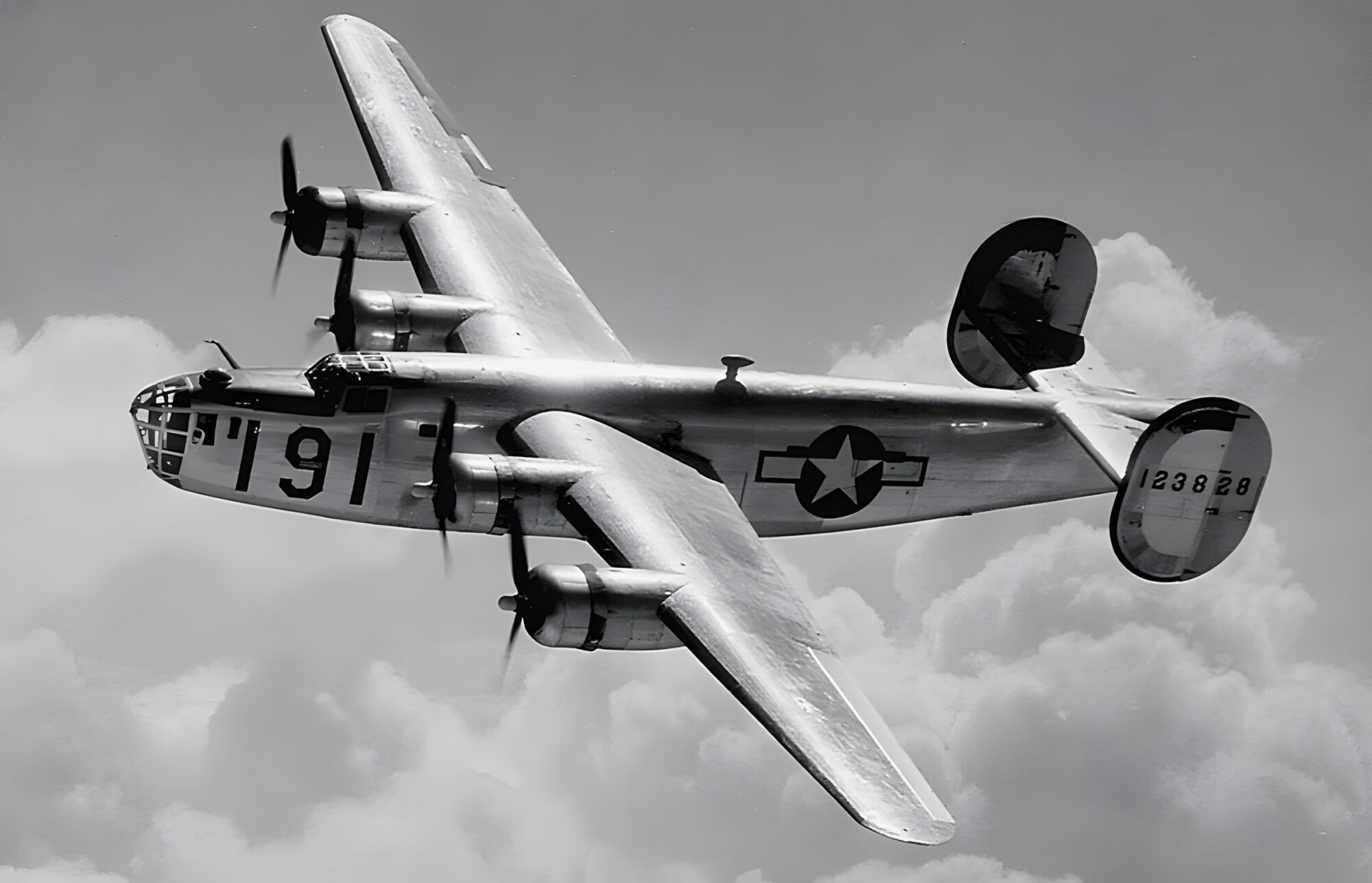
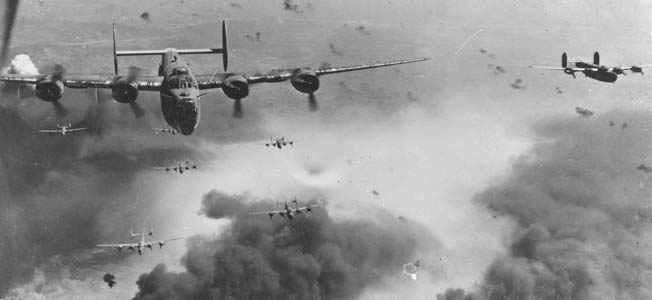
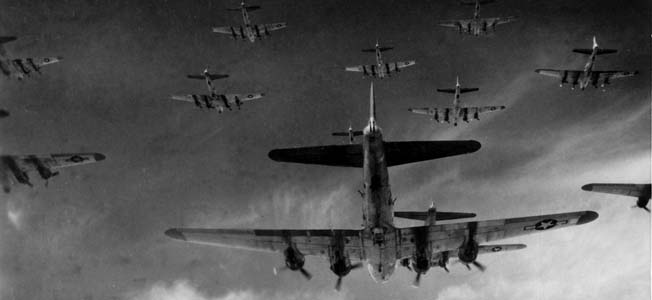
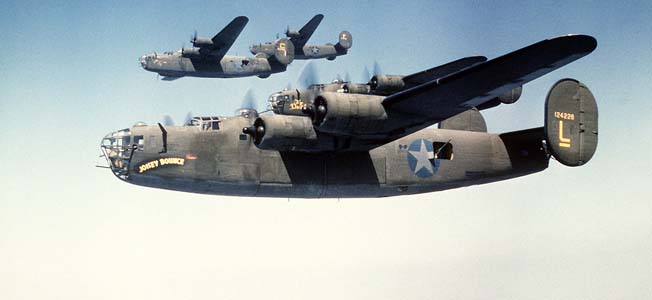
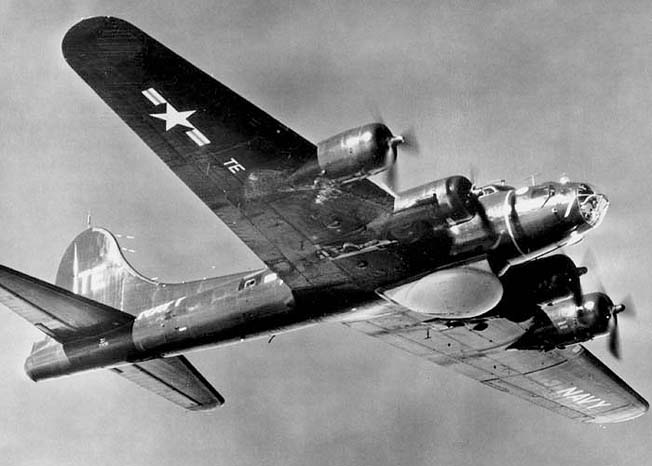
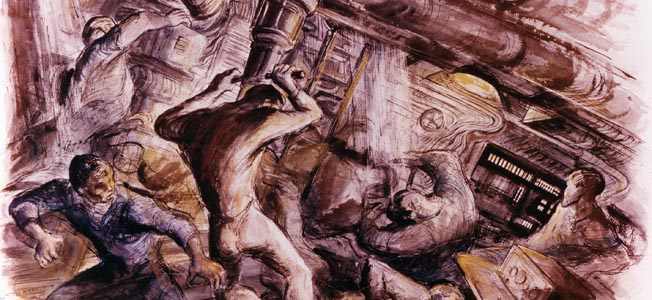
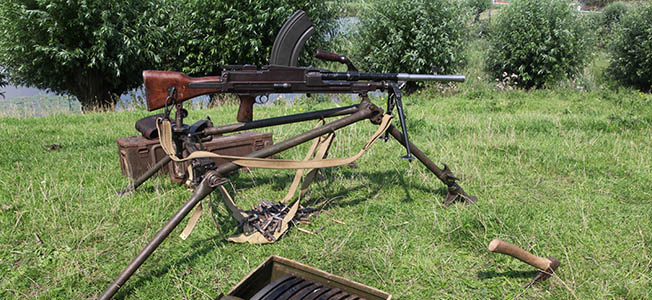
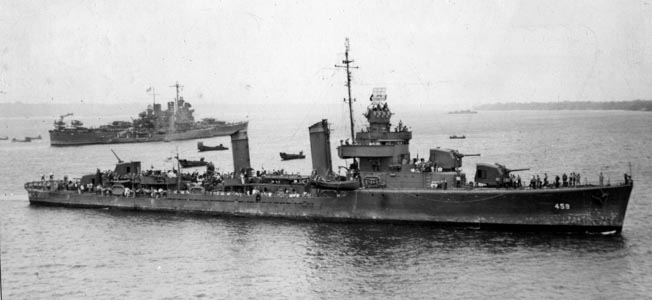
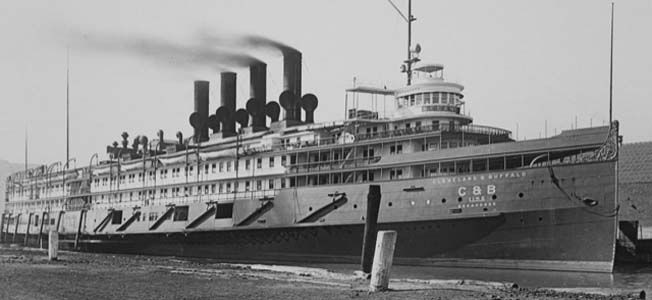
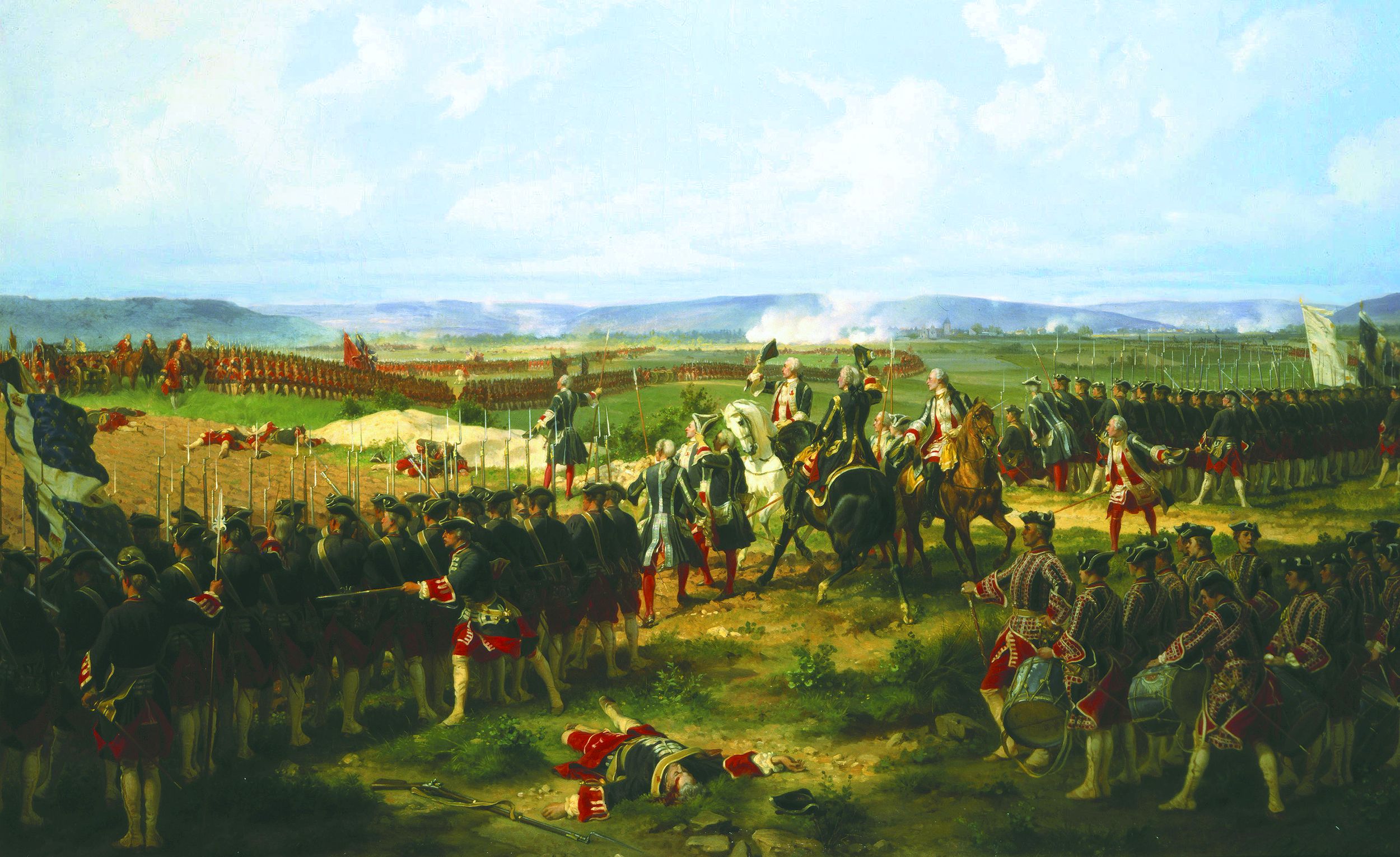
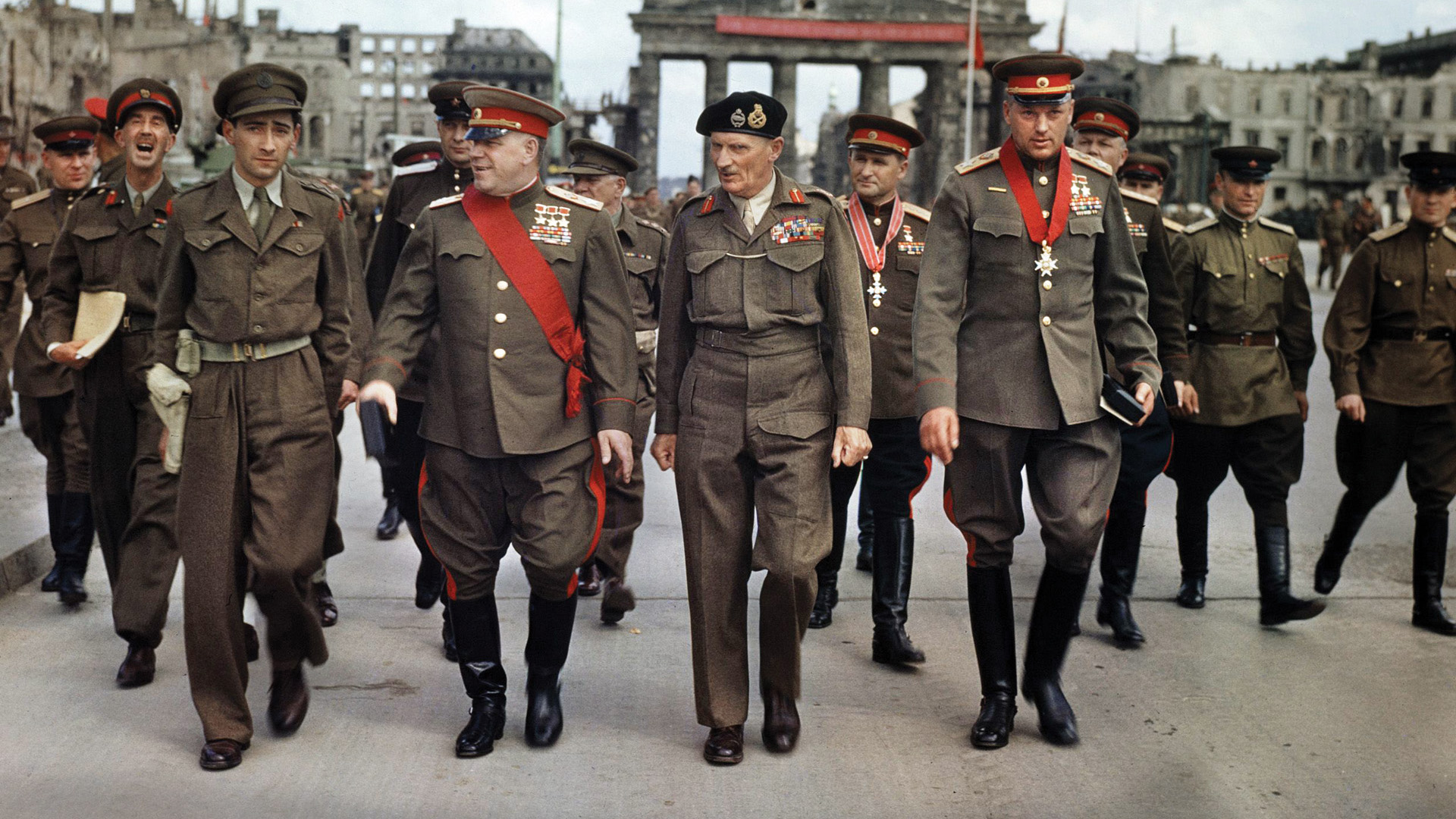
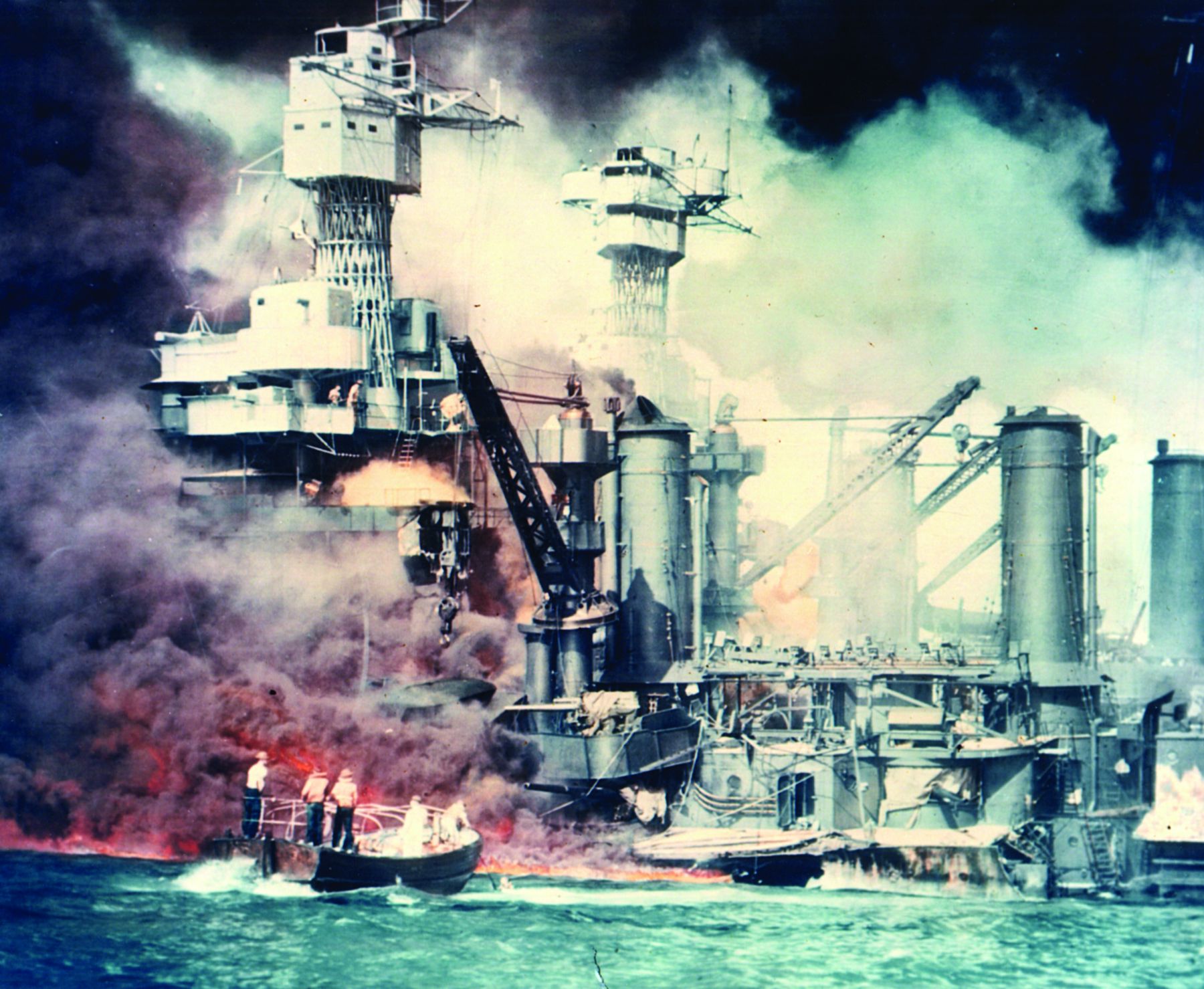
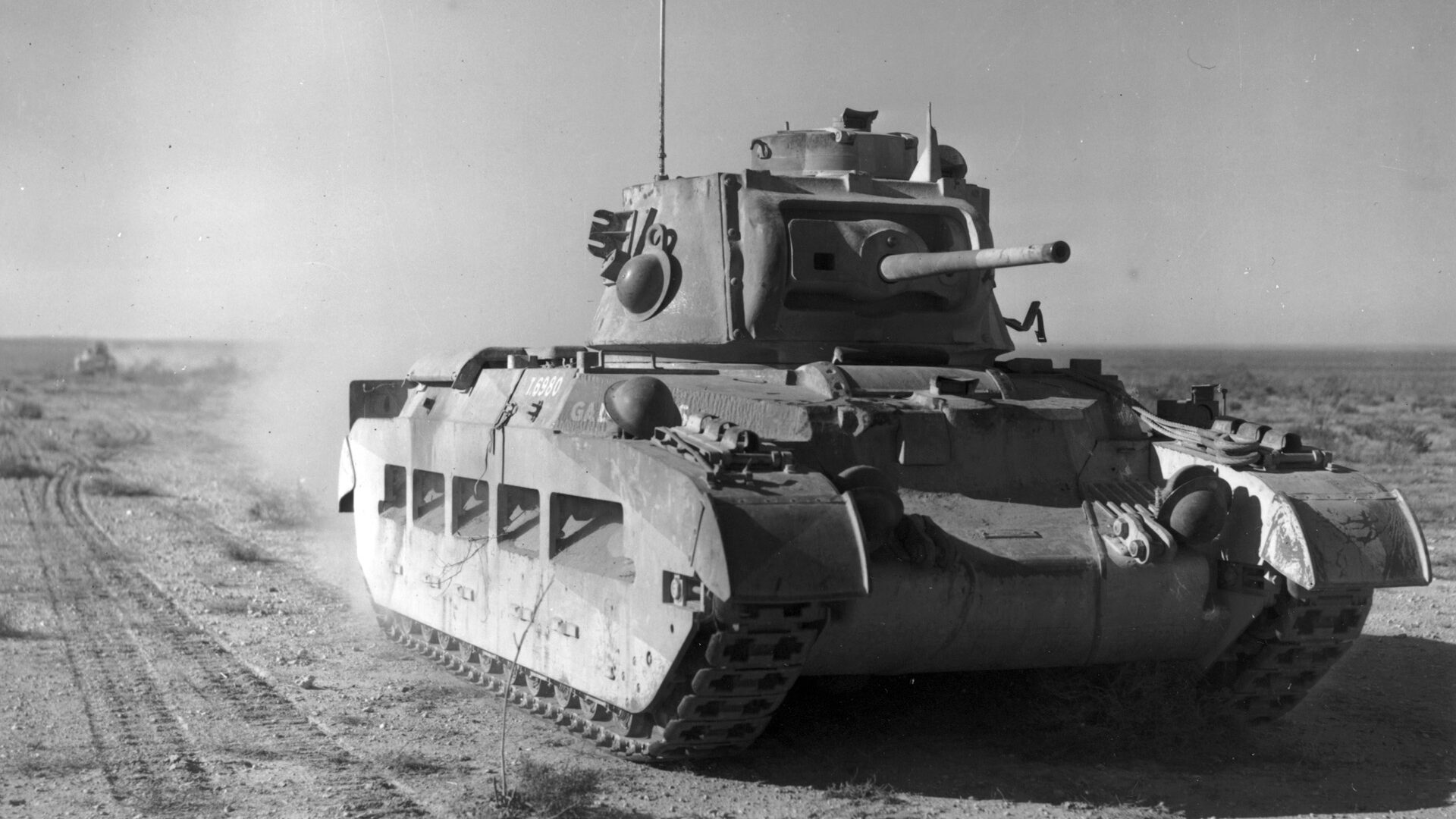
I have a book about Jimmy Stewart’s days as a bomber pilot during WWII. He was initially trained in B-17s, but then transitioned over to B-24s. The B-24 was the bomber he flew on all of his bombing missions over Western Europe during the war.
Stewart was with my father in the 445th Bomb group posted in Tibbenham England. He served as a wing leader through to the end of the war.
Unlike most other famous Hollywood types, he actually served his country valiantly in actual combat.
I have pictures, in fact the entire 445th memory book with all the personnel, stats, pictures of the crews, bombing records, etc.
Exhaustively researched. Two questions. How were B-24’s involved at Midway? I know a squadron of B-17’s made an attack on the IJN fleet from Midway, but I have never a mention of B-24’s. Second, the book in the above comment about Jimmy Stewart’s bomber missions mentions multiple incidents of serious fuel leaks in the B-24’s, sometimes leading to loss of the aircraft and crew. Were there similar problems in B-17’s?
There was a serious problem in the design of the oxygen flow around the upper ball turret. Wear and tear could cause a catastrophic failure leading to an explosion that caused the plane to “disappear”.
Which aircraft had the highest service ceiling? Various sources quote around 28,000 for the B-24 and 35,000 for the B-17 and I guess flying higher reduces chance of hits from flak and is tougher for enemy fighters.
My father flew a B-17. He said it was amazing the battle damage that plane would take. My uncle was a gunner on a B-24. He said that no self respecting Liberator man would admit it, but they would have preferred the B-17
British Lancaster better than most
Sam, you start your article with a couple of very good points: First that practically everyone with an opinion on the subject has already made up their mind about it. Second, that few people that compare the B-17 and B-24 do so with statistics and aircraft performance to prove their point.
Unfortunately, you are guilty of both. Throughout the article it is clear which aircraft is your favorite. It was like reading some Congressman’s opinion of which political party is better than the other.
I read your article hoping to see a presentation filled with statistics and facts. I walked away disappointed. Just picking a couple items at random, you stated that the B-17 was both 20% heavier and possessed a 50mph slower cruise speed than the B-24. Really? Where did you source that balderdash? Comparing an early model B-24 to a late B-17 is kinda pointless, and vice versa. Sources vary, mainly because the empty weights varied between production blocks, but generally a B-24D had essentially the same empty weight as a B-17F (~32,500 lbs.). Ditto for B-24J vs. B-17G at ~36,500 lbs. The B-24 did in fact have a faster cruising speed, but it was only 10-15 knots.
Among the litany of unsubstantiated assertions in your article, you compared loss rates for B-17’s and B-24’s within the 8th AF. This is a sticky subject that can easily lead to wrong conclusions because reading the data productively is practically impossible. For starters, not all combat missions carry equal risks from enemy action. Your analysis assumes they do. For instance, B-24’s flew ~11,000 “Carpetbagger” and “Trucking” sorties which had a loss rate of <1% (See Statistical Summary of the 8th AF). Carpetbagger was flown under the cover of darkness, and Trucking was flown behind the safety of our own lines. B-17 BG's flew no such "safer" missions, so naturally the comparative overall loss rates seen in the statistics you quote move in opposite directions. Not because of anything inherent with the aircraft, but because of differences inherent with the missions assigned to the two aircraft. Likewise, the B-24 units you used for comparison (93rd and 44th BG's) flew in the 8th AF as well as in the 15th AF. 8th AF bomber missions carried a 3x higher overall loss rate in 1943 than did 15th AF (see AAF Statistical Digest). Since the 44th and 93rd were both "loaned out" to the 15th for lower risk duty during this time, is this fact compensated for in the statistics you present? Probably not. Also, B-24 BG's within the 8th AF generally struck at different targets than B-17 BG's. Not all targets elicit the same defensive response. Did some mission types result in greater losses than others? Absolutely. Was there a trend as to whether B-17's or B-24's received more difficult missions? It behooves a serious historian to find out before comparing loss rates. Raw statistics don't answer those questions. Raw statistics can and will lie to you as a result.
I won't go into the other things I saw in the article.
As a Historian I have seen innumerable statistical analysis and articles attempting to get an apples-to-apples comparison between B-17 and B-24. All of them read like a political discussion. Halfway through you can tell whether the article is written by a "B-17 guy" or a "B-24 guy". Every one of them is pointless.
And don't get me started on the Lancaster. Night bombing is another animal entirely. If B-17 or B-24 units attempted night bombing missions like the Lancaster did they would have failed miserably. Likewise, if a Lancaster unit attempted daylight precision bombing like B-17 or B-24 units did, they would have failed miserably. The Lanc was optimized for a mission completely different than US HB's, and vice versa.
Like you, I am more than a little disappointed with the statistical treatment of this article. Figures are pulled out of nowhere, with no indication as to source etc… However, I would note that on 17th April1942 the Lancaster (in its first attack) did a deep (in fact the deepest low level penetration of the entire war) daylight penetration into Germany, beyond Schweinfurt to the MAN plant Augsburg, and they did not fail miserably. Sure, they sustained 58% losses (7 of 12 aircraft, with most of those from flying directly over a GAF fighter aerodrome in broad daylight with fighters in the air), but they did get bombs on target, 100% on the target factory, with 17,000 pounds inside the particular building that was the key part of the target. This was with a mere 12 aircraft, with crews with little training in low level flight and no formation training, operating in loose vics. If they had persisted with daylight operations at low level in larger formations, they would have needed to put a .50 dorsal turret on at least, preferably a 20mm, and they could have achieved much better precision than high altitude US day bombing, with acceptable losses. It was the lack of an effective beam defence as a result of using rifle calibre MG that they suffered, as the cannon armed fighters attacked from the beam and turned away before entering effective range. The low level neutralised many of the usual GAF tactics for attacking bombers in daylight. With larger numbers of aircraft involved, the loss rate would have gone down. However, as the RAF had developed effective means of night bombing with a lower per sortie loss rate, they went that route. However, in losses per ton of bombs on target, the Augsburg attack was successful compared with 1943 to June 1944 USAAF daylight operations in Europe.
With regard to B17 v. B24 comparisons, another confounding issue is that in mixed bombing raids, the cruise speeds and altitudes usually favoured the B17 to the considerable detriment of the B24, although occasionally it was very much the other way around, with the last low low level raid of 8th AF having B17s at 7,500 feet and B24s at 17,500-18,000 feet, with nil losses to the B24s and heavy losses to the B17s.